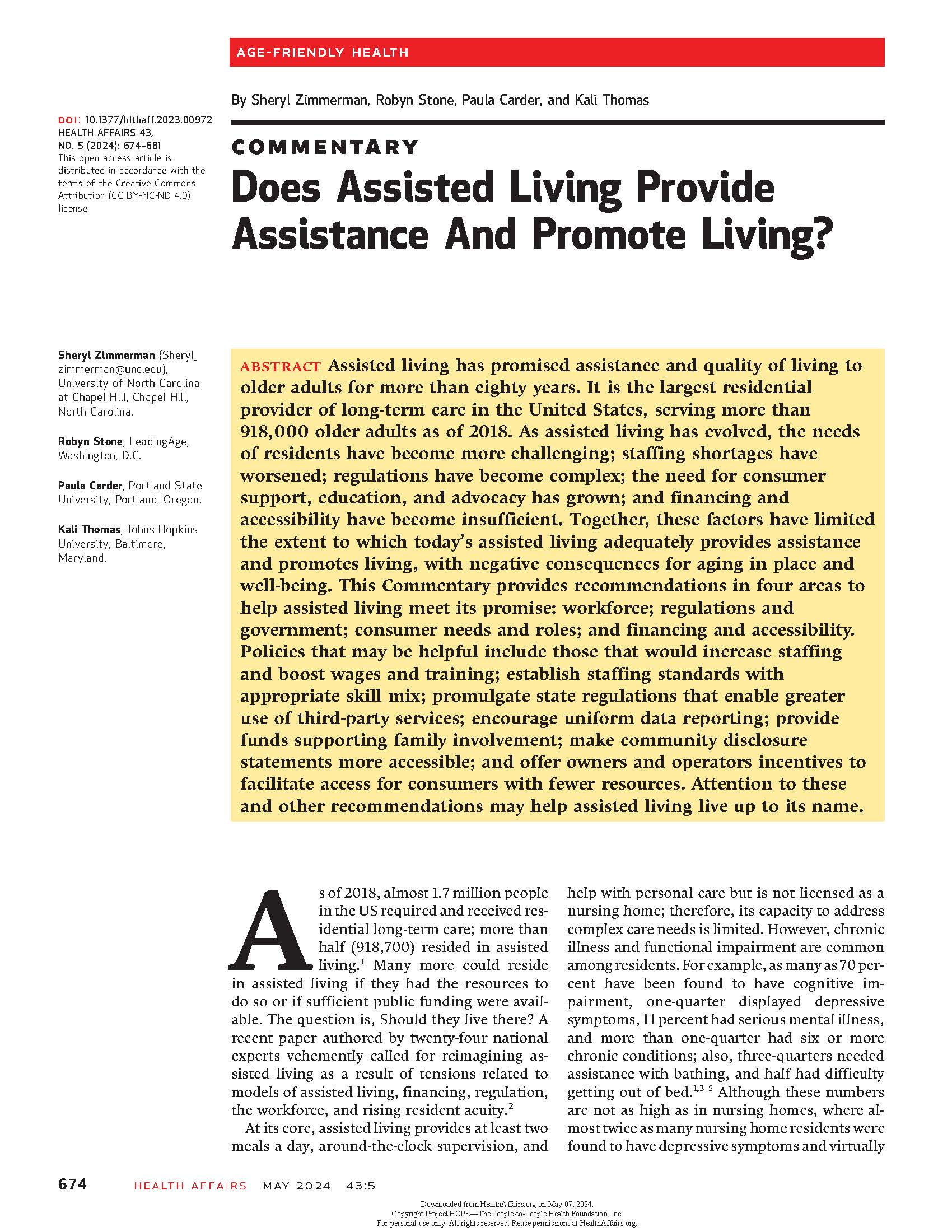Objectives
To determine the feasibility of conducting a trial of a novel nighttime lighting system designed to support postural stability in assisted living (AL) residents, and to estimate intervention effectiveness by comparing the incidence of nighttime falls during the novel lighting condition to that in a control condition featuring a standard nightlight.
Design
Randomized crossover trial. The intervention consisted of 3 custom-designed linear arrays of amber light-emitting diodes (LEDs) arranged in strips: 1 strip aligned horizontally across the top of the bathroom/entry doorframe containing 68 LEDs and 2 strips of 140 LEDs each aligned vertically down the sides of the doorframe. The control condition was 1 standard nightlight in the bedroom and 1 in the bathroom. Residents were randomized to treatment sequences, receiving each condition for 1-2 quarters.
Setting and Participants
Five AL communities serving exclusively residents with dementia or having separate units for residents with dementia, with at least 30 beds and at least 5 residents in private rooms. Residents were eligible if they had dementia, were ambulatory, did not share a bedroom, were not on hospice or expected to die within the year, and were not expected to transfer to another setting within the year.
Methods
Outcomes included recruitment, retention, incident falls, and satisfaction.
Results
Thirty-eight residents of the 5 communities participated (56% recruitment rate), and 24 family members completed surveys about their satisfaction with the lighting system. Cameras captured falls data for 92% of 8591 resident nights. The incidence density for falls was 34% lower in the intervention condition than the control condition (incidence density ratio 0.66, 95% CI 0.35, 1.22), which did not reach statistical significance (P = .18).
Conclusions and Implications
This low-cost intervention was feasible with high satisfaction. Building on these results, the intervention is being evaluated in a larger clinical trial. A novel lighting system to reduce falls could ultimately benefit millions of older adults across all settings.

Center for Excellence in Assisted Living CEAL@UNC
Advancing the well-being of the people who live and work in assisted living through research, practice, and policy.

